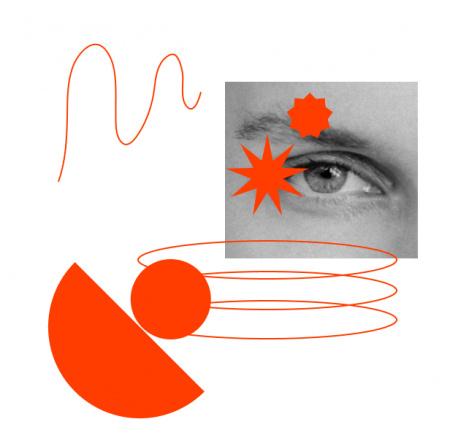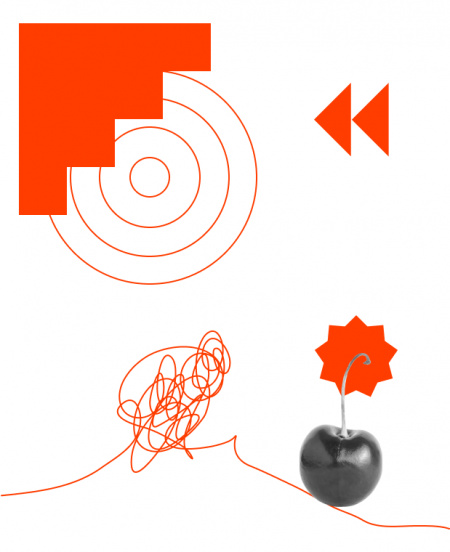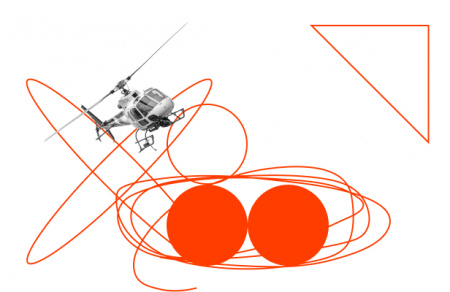Under the hood of design: Designers detailing their processes
Lifting the veil on their creative methods, sharing detailed tutorials and insights online, creative people shift towards transparency that encourages client engagement and collaboration in the design journey.
Ivana Stranska, Design Leadership Consultancy April 4, 2023
Share on LinkedIn



